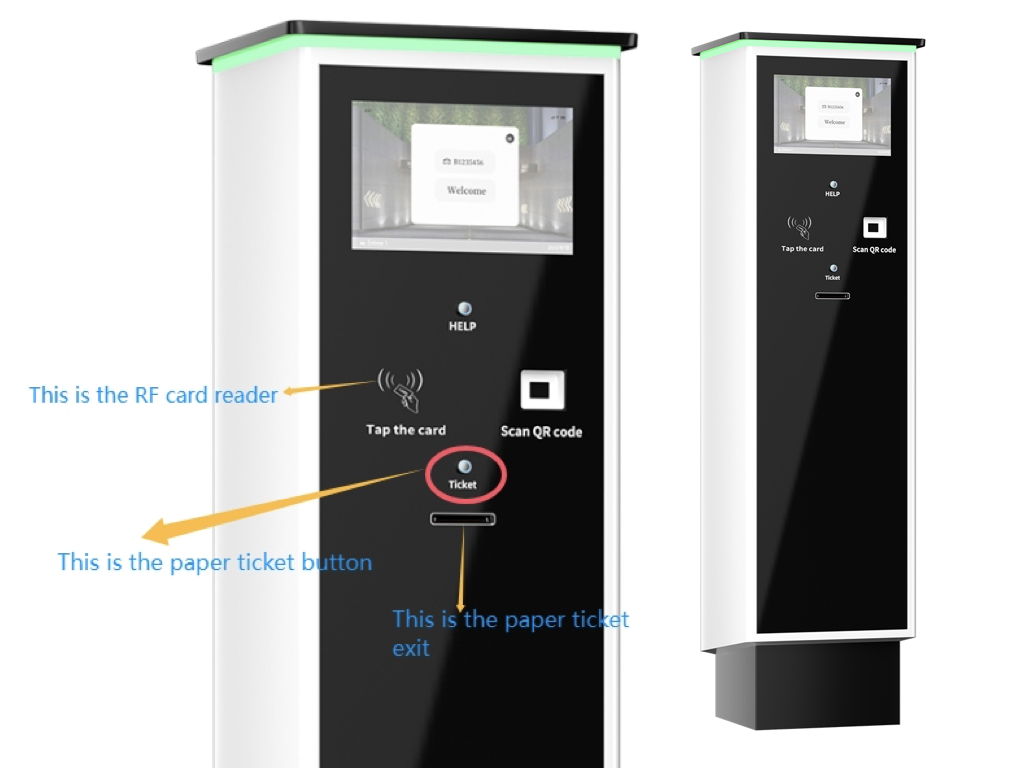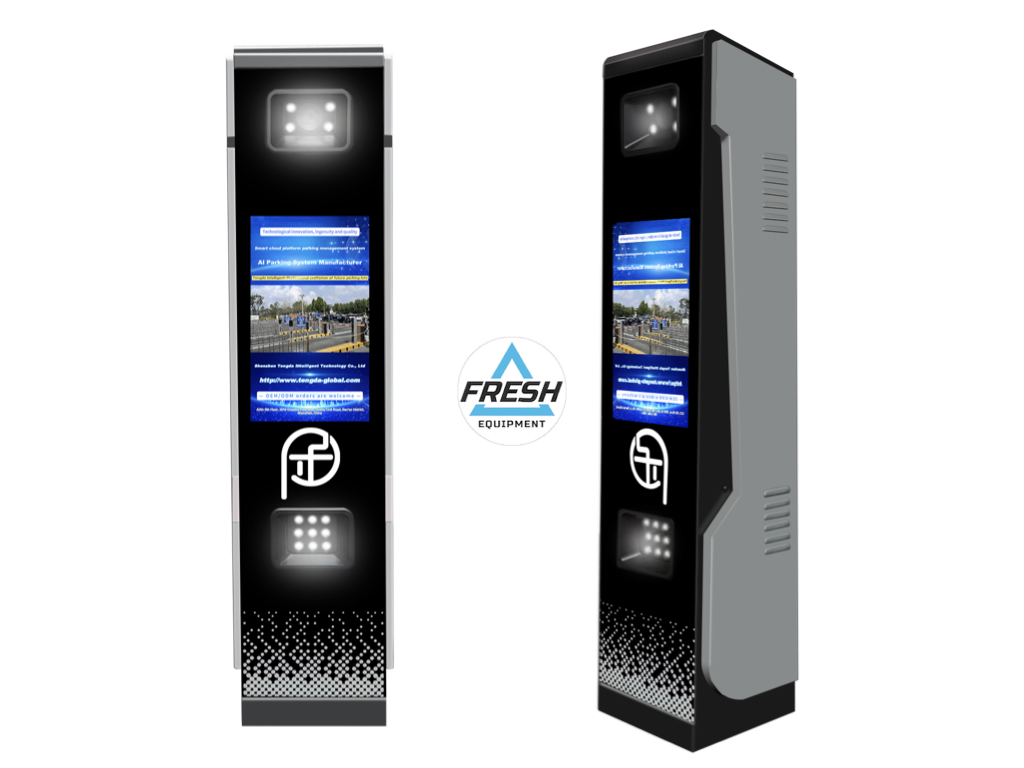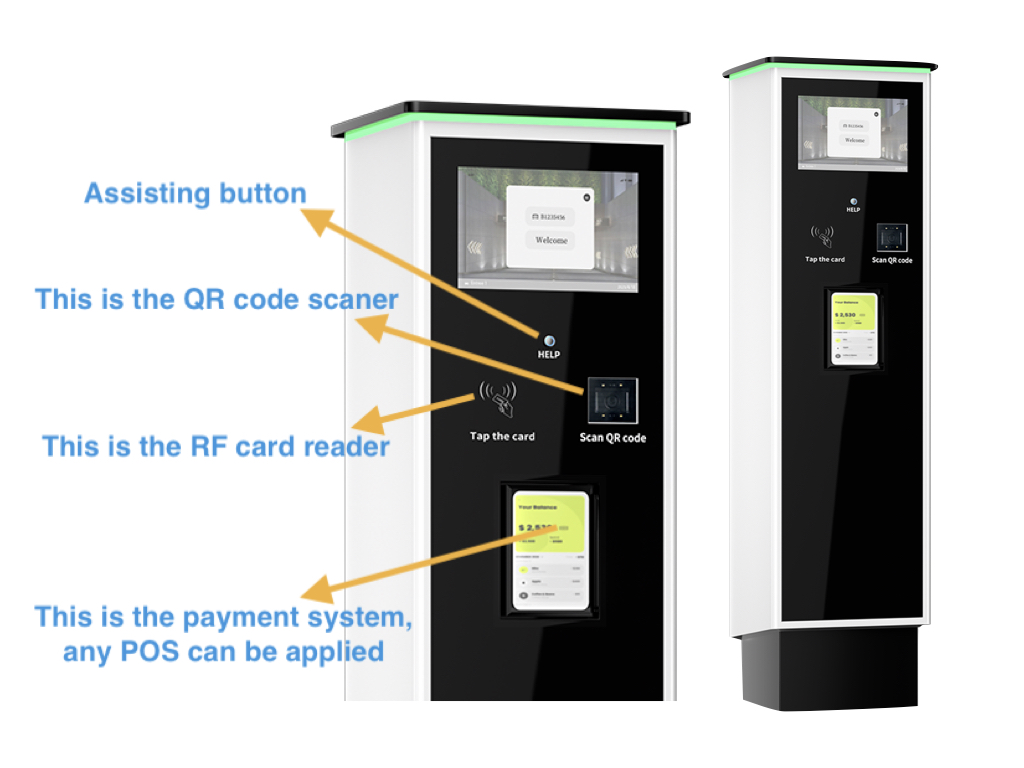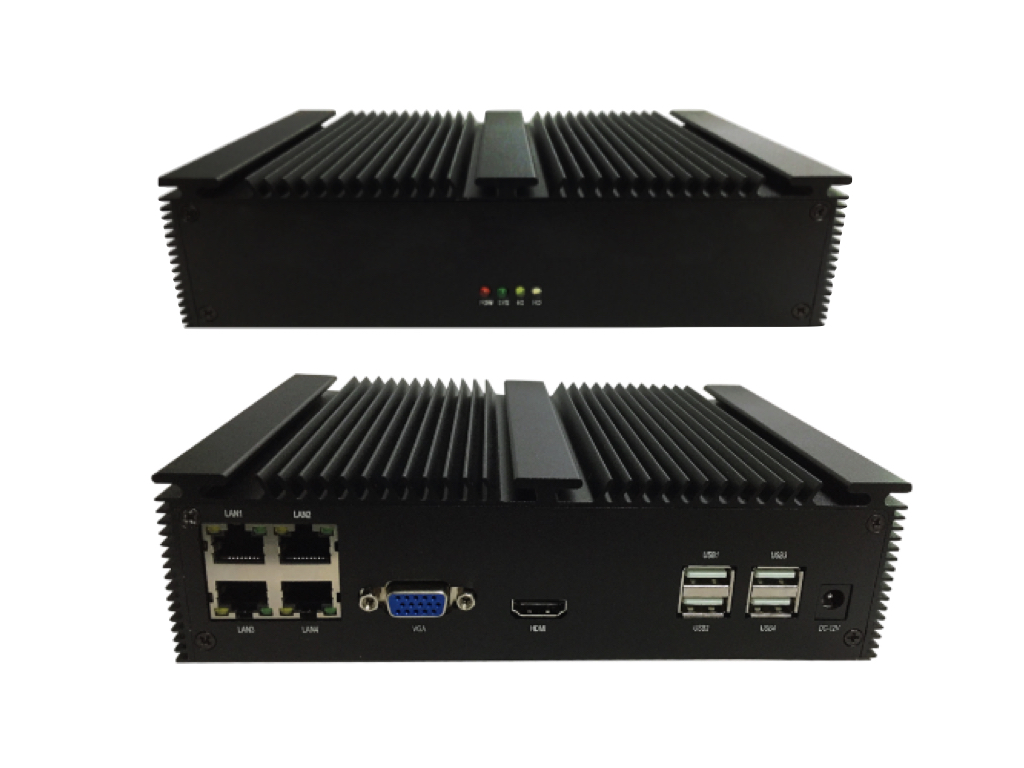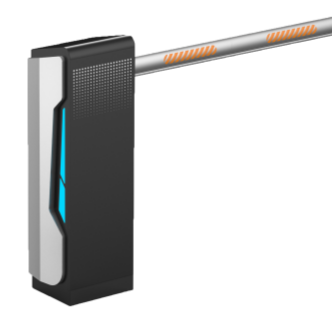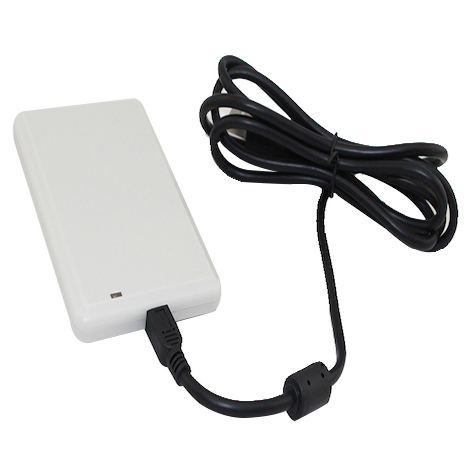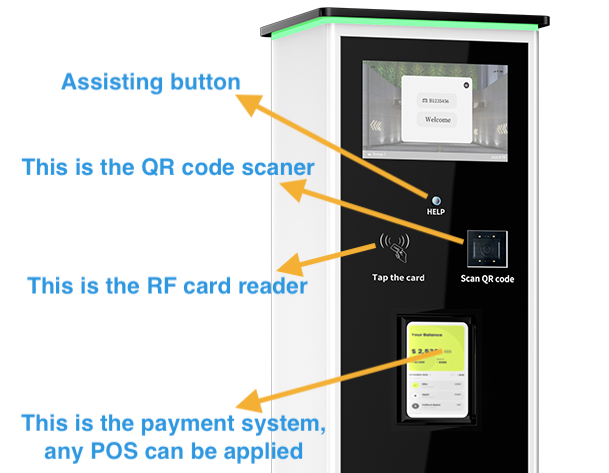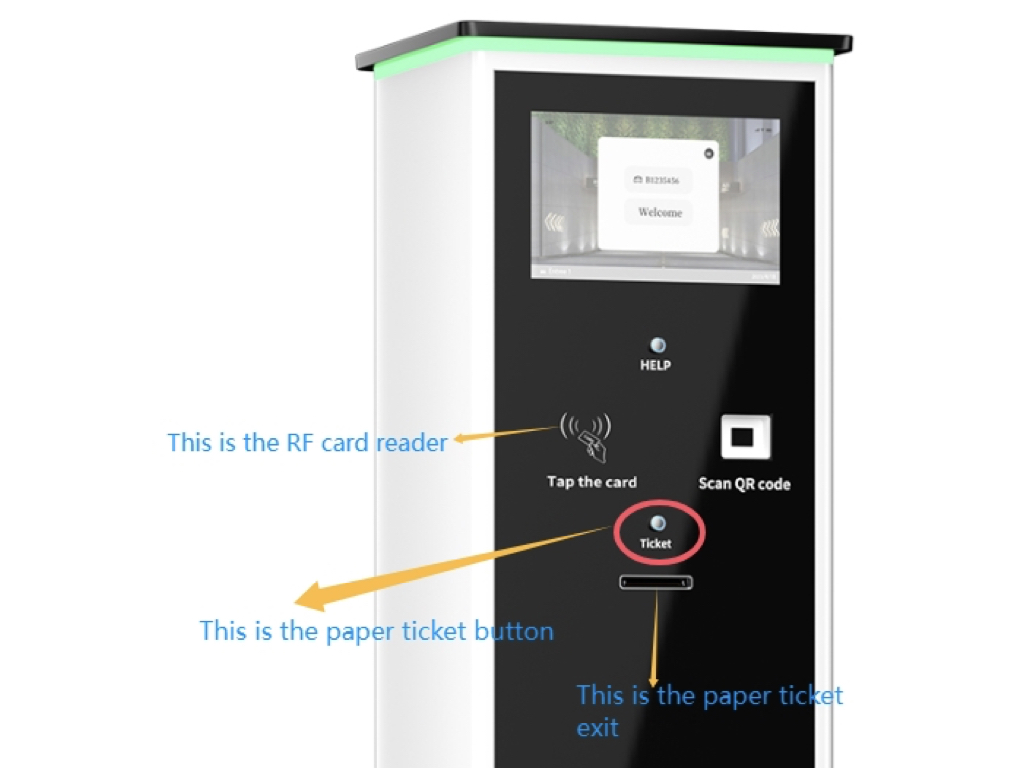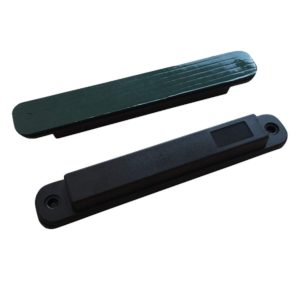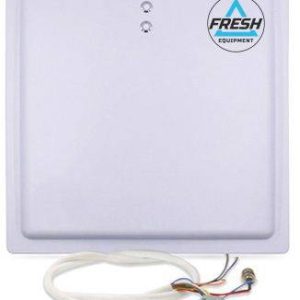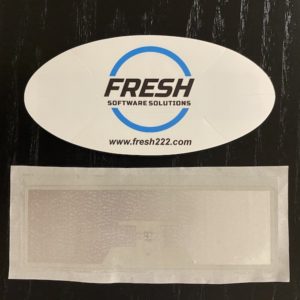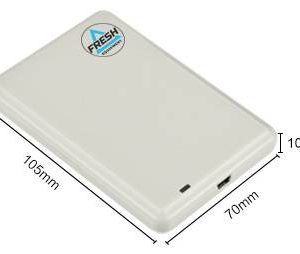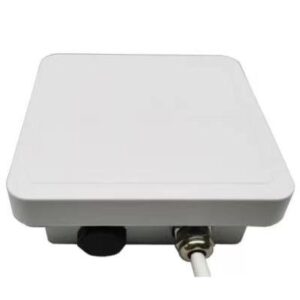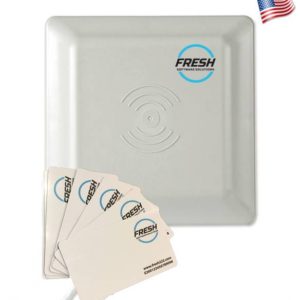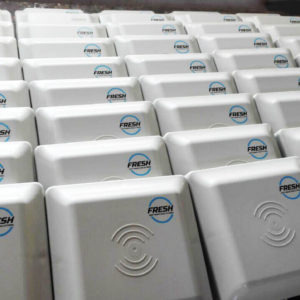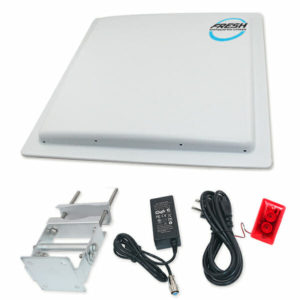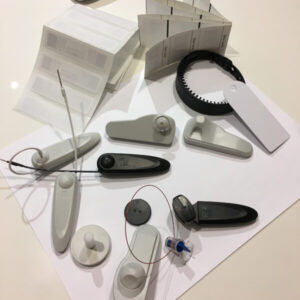Description
Introduction to Parking Payment Systems
Parking management has evolved far beyond coin-operated meters. With growing urbanization and an increasing number of private parking facilities, automated parking payment systems are becoming the new norm. These systems not only make payment convenient but also improve efficiency and security by automating entry, exit, and fee collection.
Benefits of an Automated Parking Payment System
An automated parking payment system offers several benefits to both operators and users. It minimizes human error, reduces labor costs, and speeds up the entire parking process.
- Enhanced User Convenience: Users can enter and exit the facility without delays by paying via RFID cards, QR codes, or mobile apps.
- Reduced Operational Costs: Automation reduces the need for attendants, cutting labor costs significantly.
- Improved Security: License Plate Recognition (LPR) technology ensures that only authorized vehicles enter and exit.
Key Features to Look for in a Parking Payment System
Multi-Payment Options
Your system should support various payment methods, including credit cards, cash, mobile wallets, and QR code scanning.
License Plate Recognition (LPR) Technology
LPR cameras automatically identify vehicles, eliminating the need for manual ticketing and enhancing security.
RFID Card Reader Integration
RFID technology allows frequent users to enter and exit quickly, offering a seamless experience.
Types of Parking Payment Systems
You can choose from several types of parking payment systems, depending on your facility’s needs.
- Standalone Payment Machines: Best for smaller lots that need simple payment solutions.
- Integrated Systems with Hardware and Software: Ideal for large facilities requiring real-time data and remote monitoring.
- Cloud-Based Parking Solutions: Offers flexibility and remote access, with lower upfront costs.
Factors Affecting the Price of Parking Payment Systems
Several factors influence the final cost of a parking payment system.
- System Configuration: Systems with advanced features like LPR and RFID will cost more than basic models.
- Customization: Tailoring the software to fit your specific needs may add to the price.
- Installation and Maintenance: Professional installation and ongoing technical support are additional expenses.
Average Price Range for Parking Payment Systems
- Basic Systems: $5,000 to $10,000
- Advanced Systems: $15,000 to $25,000
- Cloud-Based Solutions: Typically involve monthly fees ranging from $300 to $1,000.
Where to Buy Parking Payment Systems
You can purchase parking payment systems from trusted manufacturers and suppliers. Look for companies that offer customization options and provide ongoing support. Online marketplaces are also an option, but always verify the vendor’s reputation before making a purchase.
Customization and Installation Considerations
Customizing your parking payment system ensures that it fits your facility’s needs. Installation may take a few days to weeks, depending on the system’s complexity. Make sure the installation process includes comprehensive testing and training for staff.
Ongoing Support and Maintenance
Choose a system with solid warranty options and access to technical support. Regular software updates are essential to ensure the system remains secure and efficient.
Real-World Examples of Parking Payment Systems in Use
In urban environments, automated systems help reduce congestion by speeding up vehicle entry and exit. Private garages benefit from the flexibility of cloud-based systems, which allow remote monitoring and dynamic pricing.
Comparing Prices: Cheap vs. High-End Systems
While low-cost systems may seem appealing, they often come with hidden costs like frequent maintenance. Investing in a high-quality system ensures reliability and reduces the likelihood of future expenses.
How a Parking Payment System Boosts Revenue
Automated systems reduce errors and revenue leakage, ensuring accurate fee collection. Faster turnover rates also increase revenue by accommodating more vehicles.
Future Trends in Parking Payment Systems
As cities embrace smart infrastructure, parking payment systems are becoming part of larger ecosystems. Expect more contactless payments and AI-powered features in the near future.
Conclusion
Investing in a parking payment system is a smart move for parking operators looking to streamline operations, enhance user experience, and increase revenue. With a wide range of systems available, finding the right one depends on your facility’s size, needs, and budget. Prioritize customization, support, and quality when making your decision.
FAQs
1. What is the typical price range of a parking payment system?
The cost varies between $5,000 and $25,000, depending on features and configuration.
2. How long does installation usually take?
Installation can take anywhere from a few days to several weeks, based on system complexity.
3. Are parking payment systems compatible with mobile apps?
Yes, many systems integrate with mobile apps for easy payment and remote monitoring.
4. Can these systems be customized?
Absolutely, you can tailor the software and hardware to fit your facility’s unique requirements.
5. What is the expected ROI for parking payment systems?
ROI depends on the system and facility size but typically results in increased revenue and reduced operational costs within the first year.
Streamline Parking Management with Automated Precision
The Automated Parking Payment System with LPR, QR, and RFID technologies is designed to transform the way you manage your parking facility. This cutting-edge solution automates the entry and exit process, saving time for both users and operators. With License Plate Recognition (LPR), vehicles are automatically identified upon entry, eliminating the need for manual ticketing. Whether you manage a large city parking lot or a private garage, this system is built to handle high traffic, increase efficiency, and enhance user satisfaction.
Seamless Payment Options for Enhanced Convenience
Say goodbye to long queues and frustrating delays with the QR code and RFID integration. The system offers multiple payment methods, allowing users to pay through QR code scanning, RFID cards, or even credit/debit cards without the need for additional applications. This flexibility ensures a smooth experience for users and adds a layer of security to every transaction. With contactless and secure options, the system provides peace of mind while maintaining operational flow.
Intelligent Integration with Full Autonomy
One of the standout features of this automated parking payment system is its ability to operate autonomously. There’s no need for users to download or install anything—the system works intuitively, guiding each user effortlessly through the payment and exit process. Thanks to its integrated software and real-time data management, the system reduces the workload on parking attendants and minimizes human error, leading to smoother operations and quicker turnovers.
Automated Parking Payment System With LPR, QR-code Tickets, RFID Card Reader
Take your parking facility to the next level with this automated parking payment system that simplifies every aspect of parking management. Designed with License Plate Recognition (LPR), QR-code tickets, and an RFID card reader, this system guarantees a seamless and efficient experience for both users and operators.
Streamlined parking means faster entry and exit—no more delays. The LPR technology recognizes vehicles instantly, while QR-code tickets allow for quick payment with just a scan. For frequent visitors, the RFID card reader provides fast, contactless access. It’s all about convenience and speed, giving your customers the freedom to park without hassle.
This automated payment system works autonomously, ensuring you reduce the need for manual labor and minimize errors. With real-time data management, you get accurate transaction records and better control over your facility. It’s the ultimate upgrade to reduce wait times, improve user satisfaction, and enhance the overall efficiency of your parking operations.
Take charge of your parking management today and offer a hassle-free experience for your customers. Upgrade your facility with this smart solution now!
